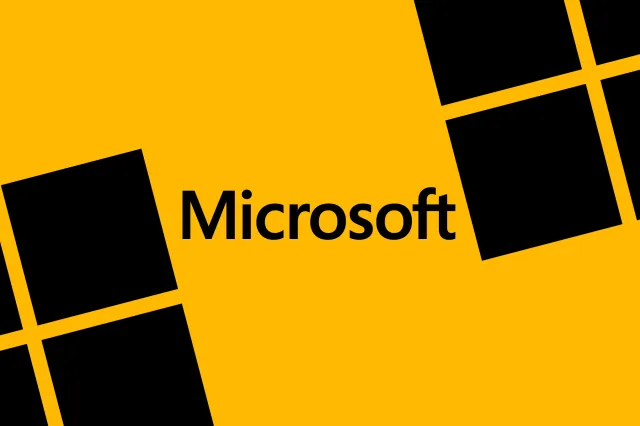Microsoft’s account changes aren’t coming in February, following mistaken notifications.
Microsoft had planned to roll out a significant change in how users stay signed in to their accounts starting in February. The update would have automatically kept users signed in unless they explicitly logged out or used a private browsing session. However, after a wave of confusion sparked by notifications sent to Outlook.com users and an official—now removed—Microsoft support article, the company has stepped forward to clarify that these changes are not happening just yet.
Microsoft’s Official Response: A Mistake, Not a Rollout
In response to reports about the impending changes, Microsoft has confirmed to The Verge that the information was mistakenly communicated. Alex Simons, Corporate Vice President of Identity & Network Access Program Management at Microsoft, issued a statement saying:
“There will be no changes to Microsoft users’ commercial (Microsoft Entra) or consumer (Microsoft account) sign-in experiences in February. Media reports were based on incomplete information mistakenly published by a Microsoft product team. The incorrect notifications have been removed.”
This statement makes it clear that the premature announcement was an internal error rather than an intentional policy shift at this time.
What This Means for Users
For now, Microsoft account holders will continue to see the familiar sign-in prompt asking whether they want to stay signed in. Once the changes do take effect—whenever that may be—this option will disappear, and users will remain signed in automatically unless they take steps to log out.
This change, when implemented, will require users to be extra cautious when accessing their accounts on shared or public computers. Without the explicit sign-in prompt, anyone who forgets to log out could leave their account vulnerable to unauthorized access. The best precautions will include:
- Using private browsing (Incognito Mode) when accessing Microsoft accounts on public or shared devices.
- Manually signing out after each session.
- Ensuring browser settings do not automatically save login credentials when using a non-personal device.
Why Microsoft Wants to Keep Users Signed In
While Microsoft has not detailed the reasoning behind this move, it likely aligns with the company’s broader push toward seamless authentication and enhanced user experience. Keeping users signed in eliminates repeated login prompts, reducing friction when accessing Microsoft services such as Outlook, OneDrive, and Teams. This approach mirrors what other major tech companies, like Google, have implemented, where users remain logged in by default unless they take steps to log out.
From a security standpoint, automatic sign-in can be a double-edged sword. While it enhances convenience, it also raises concerns over account security, particularly on shared or public devices. Users who often access their Microsoft accounts from multiple locations will need to be mindful of this shift when it eventually arrives.
When Will These Changes Happen?
Microsoft has not provided a revised timeline for rolling out the automatic sign-in feature. Given the confusion surrounding the initial announcement, the company might take additional time to ensure users are properly informed before making any official adjustments to the sign-in experience.
For now, users can continue using their Microsoft accounts as usual. However, staying informed about future updates will be essential, especially for those who rely on Microsoft services daily. As soon as Microsoft finalizes its plans, users can expect a more structured and clear communication regarding what to expect and how to adapt to the new sign-in system.
Final Thoughts
The mistaken rollout of this announcement highlights the importance of clear and accurate communication when it comes to changes affecting user accounts and security. While Microsoft’s plans to automatically keep users signed in are still on the horizon, the timeline remains uncertain. For now, users can breathe a sigh of relief—automatic sign-in isn’t here just yet. But when it does arrive, ensuring safe browsing habits will be more important than ever.










